Cr:LiCAF
LiCaA1F6:Cr3(Cr:LiCAF) is a new addition to a series of new tunable near-infrared laser materials. Cr:LiSAF possess suitable properties for the generation of high-energy tunable radiation in the near infrared. It exhibits small thermal lensing, a high damage threshold and a sufficiently long upper-state lifetime to ensure efficient energy storage. Furthermore, laser rods of diameters up to 25 mm can now be fabricated, which is an important consideration for the design of high-energy lasers and amplifiers. The relatively long upper-state lifetime Cr:LiCAF 170μs, makes it possible to efficiently pump these materials with flashlamps. The new chromium laser host, LiCAF, is reported to possess favorable spectroscopic and laser properties. Laser-quality LiCAF crystals appear to be moderately straightforward to produce: zone-melting, Bridgman, and Czochralski crystals have been lased. Significant scattering in these crystals, a persistent problem in early growth attempts, now appears to be under control. Recently used Bridgman crystals have scattering losses of ~0.1% cm−1, an acceptable level for most applications. The natural abundance of the constituent elements, coupled with the relatively low melting temperature (804°C) and congruent melting, forms a compelling case for the possibility of large-scale, inexpensive growth of laser-quality crystals. The laser emission of Cr:LiCAF has been tuned to between approximately 720 and 840nm and peaks at ~780nm. The radiative lifetime is ~175 μs at room temperature, and there is no evidence of concentration quenching for samples containing as many as 9 × 1020 Cr3+ ions/cm3. The intrinsic slope efficiency of LiCAF (67%) is close to that of alexandrite(65%). Recent flash-lamp-pumped Cr:LiCAF experiments demonstrated slope efficiencies of 1.6%, although passive losses in the laser rod of 3.5% cm−1 significantly affected the laser performance.
Parameter
| Orientation | <2 deg (rod axis to crystal a-axis) |
| Parallelism | <10〞 |
| Perpendicularity | 3ˊ |
| Chamfer | 0.1mm@45° |
| Surface Quality | 10-5 S-D |
| Wavefront Distortion | λ/8 @632.8 nm |
| Surface Flatness | λ/10 @632.8 nm |
| Clear Aperture | >95% |
| Diameter Tolerance | +0/-0.2mm |
| Length Tolerance | ±0.1mm |
| Coatings | R<1%@670nm+R<0.5%@700~1100nm on both faces |
| Laser Induced Damage Threshold | >15J/cm2@TEM00, 10ns, 10Hz |
| Crystal Structure | Trigonal |
| Space Group | P31C |
| Lattice Constants | a=5.0116, c=9.9673 Å@2%Cr doping |
| Density (g/cm3) | 2.988 |
| Melting Point | 766°C |
| Fracture Strength, σf(MPa) | 3.85±8(∥c) |
| Fracture Toughness, KIC(MPa∙m1/2) | 0.39(∥a), 0.33(∥c) |
| Vickers Microhardness, HV(GPa) | 1.9±0.2(∥c) |
| Specific Heat(J/gK@298K) | 0.935 |
| Thermal Conductivity(W·m-1·K-1) | 1.0(∥a), 1.68(∥c) |
| Thermal Expansion(10-6K-1) | 22.2(∥a), -9.8(∥c) |
| Young’s Modulus(GPa) | 120(∥a), 85(∥c) |
| Typical Doping Level | 0.8~1.5@.% |
| Absorption Peak Wavelength(nm) | 640 |
| Absorption Cross-section at Peak(10-20cm2) | 3.0 |
| Absorption Bandwidth at Peak Wavelength | ~100nm |
| dn/dT (10-6K-1) | -4.2(no), -4.6(ne) |
| Refractive Index | n=1.41 |
| Laser Wavelength(nm) | 780 |
| Energy-storage Lifetime(μs) | 170 |
| Emission Cross-Section(10-20cm2) | 1.23@1.08mole% |
| Oscillator Strength(10-6) | 48(4A2-4T2), 39(4A2-4T1a), π |
| 28(4A2-4T2), 51(4A2-4T1a), σ | |
| Nonlinear Refractive Index(m2/W) | 4.5±0.7@5% doping, 1064nm |
| Damage Threshold(J/cm2) | 25@3%doping of Cr |
- High gain cross-sections
- Very large gain bandwidths
- Relatively long fluorescence lifetimes,(~100μs)
- Offer a long energy-storage lifetime, which simplifies pumping requirements andmakes the materials suitable for Q-switching and amplifier configurations
- Have a large gain bandwidth, allowing amplification of ultrashort (femtosecond) pulses
- Have a large emission cross section for efficient extraction of stored energy
- Are tunable from 730 to 1000 nm (red to infrared), and the frequency may be doubled to 365 to 500 nm (blue to green)
- Possess favorable thermomechanical properties, allowing for ease of thermal management and material fabrication
- Are subject to very low thermal lensing, leading to good beam quality at high power levels
- Have very low nonlinear indices (n2=4 x 10-3electrostatic charge units, or esu) and very high damage thresholds (>55 J/cm2 at 10 ns), enabling transmission of undistorted high-intensity pulses through the material
- Have a uniform distribution of the chromium ions, permitting very uniform and high chromium-doping levels throughout the laser medium
- Have excellent optical quality, resulting in low loss and high output power
- Require modest crystal growth conditions (melting point < 800°C)
- Are grown from inexpensive, nontoxic starting materials
- Amenable to flashlamppumping
- Providing tunable high power laser radiation in the near IR
- Ultrashort pulse generation and amplification
- Large aperture laser rods
- Laser rangefinders and illuminators, undersea optical communications, spectroscopy, and pumping other lasers
- Amplifications of stretched femtosecond pulses
| [1] Malyarevich A M , Volk Y V , Yumashev K V , et al. Absorption, emission and absorption saturation of Cr ions in calcium aluminate glass[J]. Journal of Non-Crystalline Solids, 2005, 351(43-45):3551-3555. |
| [2] Ca I W , Liu J , Li C , et al. Compact self-Q-switched laser near 2 μm[J]. Optics Communications, 2015. |
| [3] Gvishi R , Gonen E , Kalisky Y . Studies of the spectroscopic behavior of Cr+3:LiCAF pumped by a solid-state dye laser[J]. Optical Materials, 1999, 13(1):129-133. |
| [4] Self-Q-switching and passively Q-switched mode-locking of dual-wavelength Nd:YSAG laser – ScienceDirect[J]. Optics & Laser Technology, 122:105860-105860. |
| [5] DA Biasetti, Liscia E , Torchia G A . Optical waveguides fabricated in Cr:LiSAF by femtosecond laser micromachining[J]. Optical Materials, 2017, 73:25-32. |
| [6] Samtleben T A , Hulliger J . LiCaAlF6 and LiSrAlF6: Tunable solid state laser host materials[J]. Optics and Lasers in Engineering, 2005, 43(3-5):251-262. |
| [7] Demirbas U . Modeling and optimization of tapered-diode pumped Cr:LiCAF regenerative amplifiers[J]. Optics Communications, 2013, 311(2):90-99. |
| [8] Druon F , Balembois F , Georges P . New laser crystals for the generation of ultra-short pulses[J]. Comptes Rendus Physique, 2007, 8(2):153-164. |
| [9] Demirbas U , Uecker R , Klimm D , et al. Intra-cavity frequency-doubled Cr:LiCAF laser with 265 mW continuous-wave blue (395–405 nm) output[J]. Optics Communications, 2014, 320:38-42. |
| [10] Zorn M , Wenzel H , Zeimer U , et al. High-power red laser diodes grown by MOVPE[J]. Journal of Crystal Growth, 2007, 298(Jan):667-671. |
| [11] Vazquez R M , Santos M T , Lopez F J . Influence of neutral environment in the growth of Cr-doped LiCAF/LiSAF crystals: X-ray powder diffraction and EPR analysis[J]. Journal of Crystal Growth, 2002, s 237–239:894-898. |
| [12] Hirayama Y , Obara M . Heat effects of metals ablated with femtosecond laser pulses[J]. Applied Surface Science, 2002, 197(none):741-745. |
| [13] Agnesi A , Pirzio F , Ugolotti E , et al. Femtosecond single-mode diode-pumped Cr:LiSAF laser mode-locked with single-walled carbon nanotubes[J]. Optics Communications, 2012, 285(5):742-745. |
| [14] Isemann A , Weels P , Fallnich C . Directly diode-pumped Colquiriite regenerative amplifiers[J]. Optics Communications, 2006, 260(1):211-222. |
| [15] Kunpeng L , Li Y , Yanlong S , et al. Dual-wavelength operation in all-solid-state Cr:LiSAF lasers with grating-controlled coupled-cavities[J]. Optics & Laser Technology, 2015, 74:1-5. |
| [16] Wang G , Zhang L , Lin Z , et al. Growth and spectroscopic characteristics of Cr 3+:CsAl(MoO 4) 2 crystal[J]. Journal of Alloys & Compounds, 2010, 489(1):293-296. |
| [17] Kunpeng L , Yanlong S , Li Y , et al. High-efficiency tunable dual-wavelength Cr:LiSAF laser with external grating feedback[J]. Optics Communications, 2017, 405:233-237. |
| [18] Parali U , Sheng X , Minassian A , et al. Diode-pumped Alexandrite laser with passive SESAM Q-switching and wavelength tunability[J]. Optics Communications, 2017:S0030401817308313. |
| [19] Wang Y , Huang C , Chen L , et al. Crystal growth of Cr 3+:LiCaAlF 6 by Bridgman technique[J]. Journal of Crystal Growth, 1996, 167(1-2):176-179. |
| [20] Demirbas U . Cr: Colquiriite Lasers: Current Status and Challenges for Further Progress. 2018. |
| [21] Gaabel K M , Russbuldt P , Lebert R , et al. Diode pumped Cr^3^+:LiCAF fs-laser[J]. OPTICS COMMUNICATIONS, 1998. |
| [22] Liu Z , Shimamura K , Fukuda T , et al. High-energy pulse generation from solid-state ultraviolet lasers using large Ce:fluoride crystals[J]. Optical Materials, 2002, 19(1):123-128. |
| [23] Richard, Moncorgé. Laser materials based on transition metal ions[J]. Optical Materials, 2017. |
| [24] Bai H L , Guo L P , Xie B M , et al. Self-Q-switched Nd:GGG laser[J]. Optik – International Journal for Light and Electron Optics, 2020, 215:164799. |
| [25] Payziyev S , Makhmudov K . Solar pumped Nd:YAG laser efficiency enhancement using Cr:LiCAF frequency down-shifter[J]. Optics Communications, 2016, 380:57-60. |
| [26] Wang G , Lin Z , Zhang L , et al. Spectral characterization and energy levels of Cr3+:Sc2(MoO4)3 crystal[J]. Journal of Luminescence, 2009, 129(11):1398-1400. |
| [27] Diels J C , Rudolph W . Ultrashort Sources II[J]. Ultrashort Laser Pulse Phenomena (Second Edition), 2006:341-394. |
| [28] Ready J F . Trends in Laser Development[J]. Industrial Applications of Lasers (Second Edition), 1997:131-143. |
| [29] Toci G , Vannini M , Salimbeni R , et al. A second order nonlinear lens parametrization with a Ti:sapphire laser[J]. Optics Communications, 1995, 120(1):78-84. |
| [30] Mehrpouya M , Lavvafi H , Darafsheh A . Microstructural Characterization and Mechanical Reliability of Laser-Machined Structures[M]. 2018. |

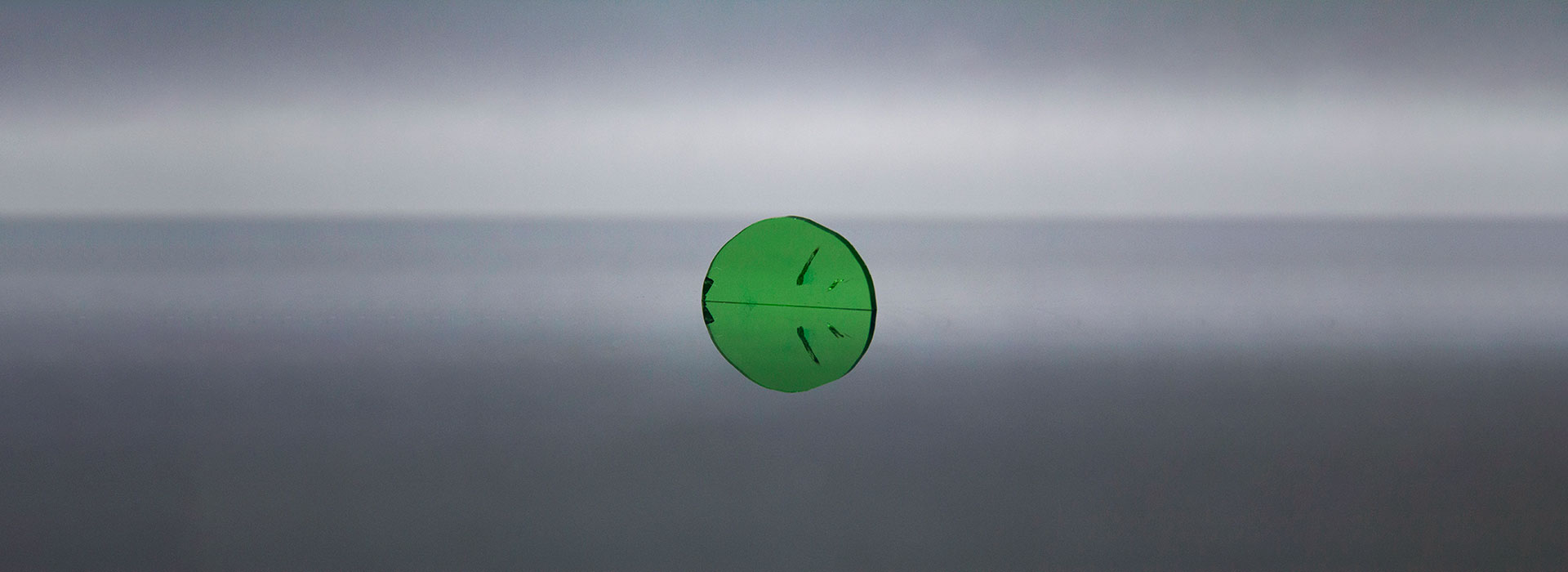
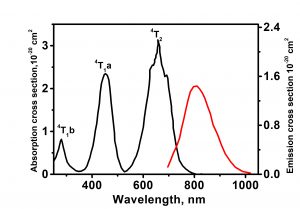
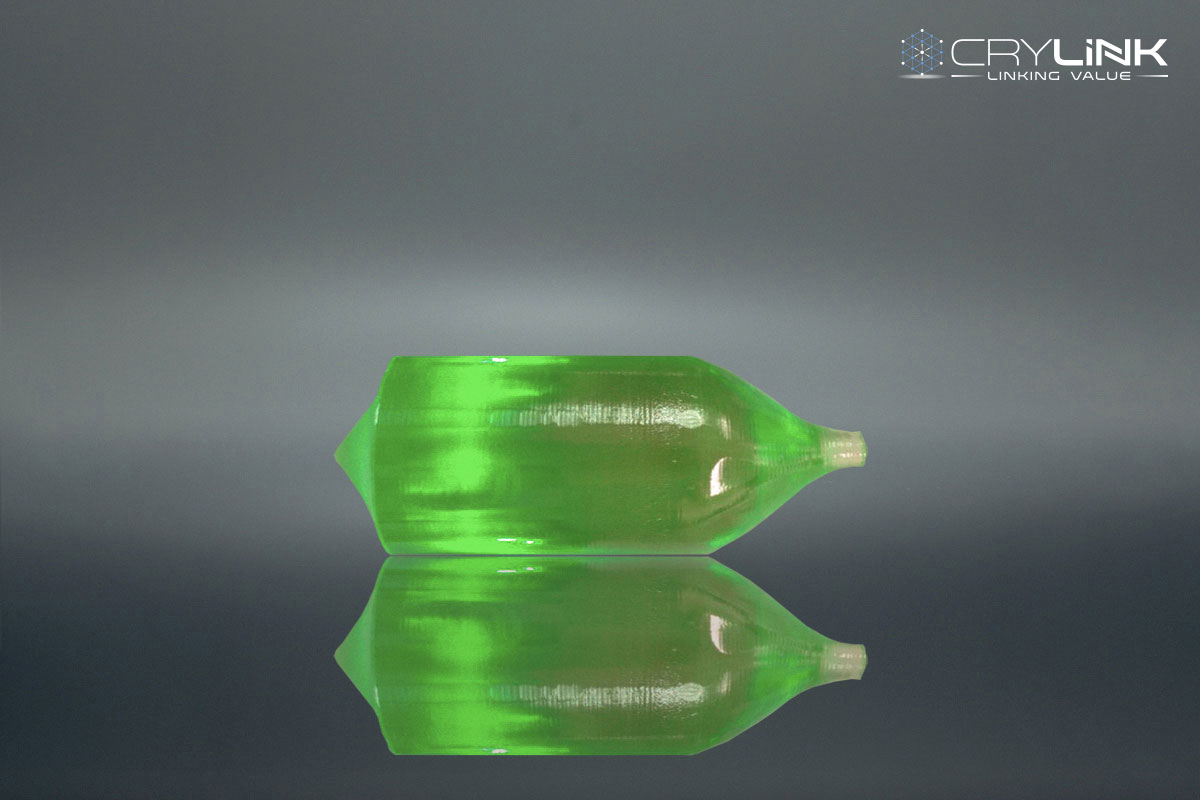
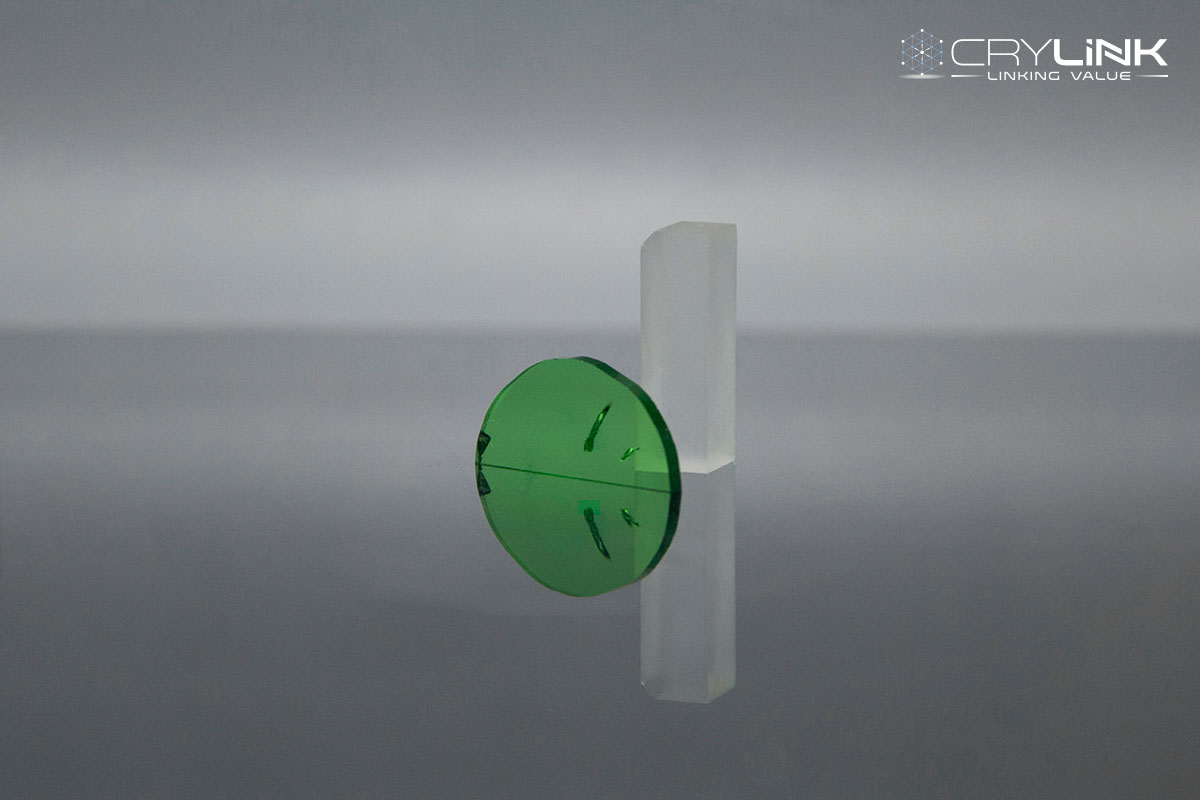
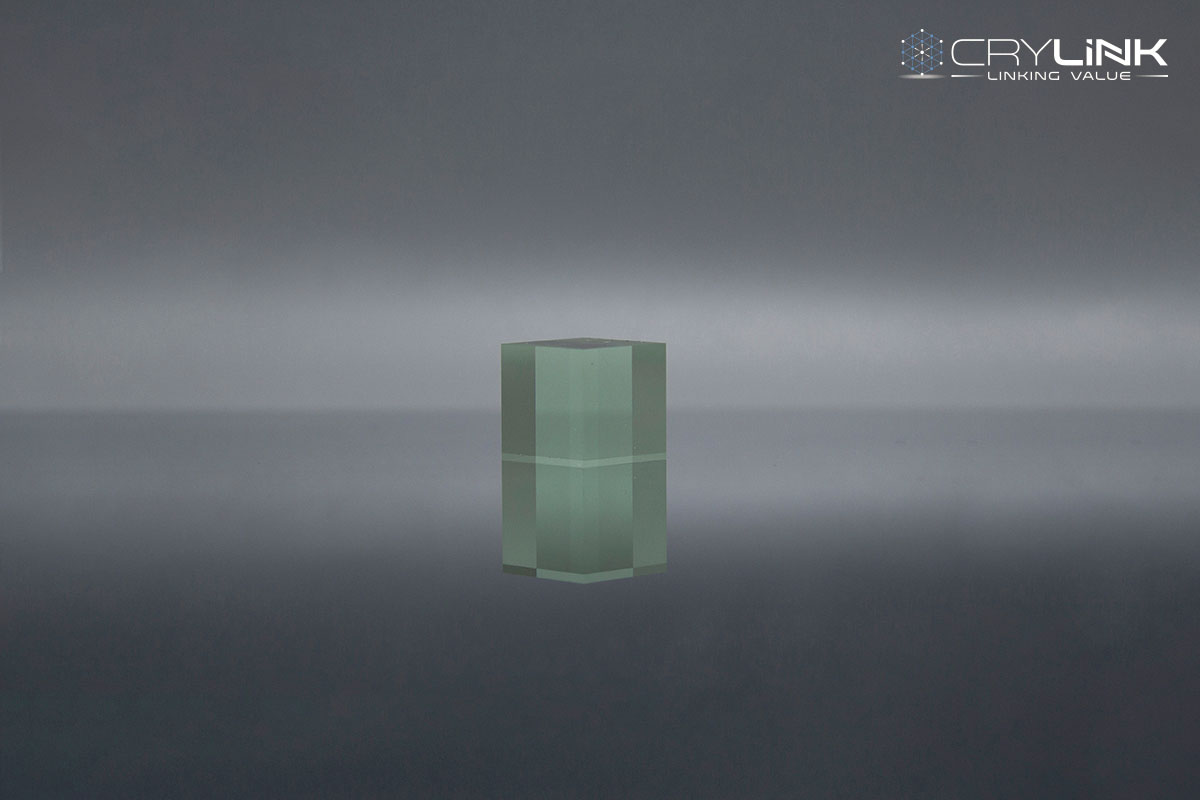
Leave a Reply